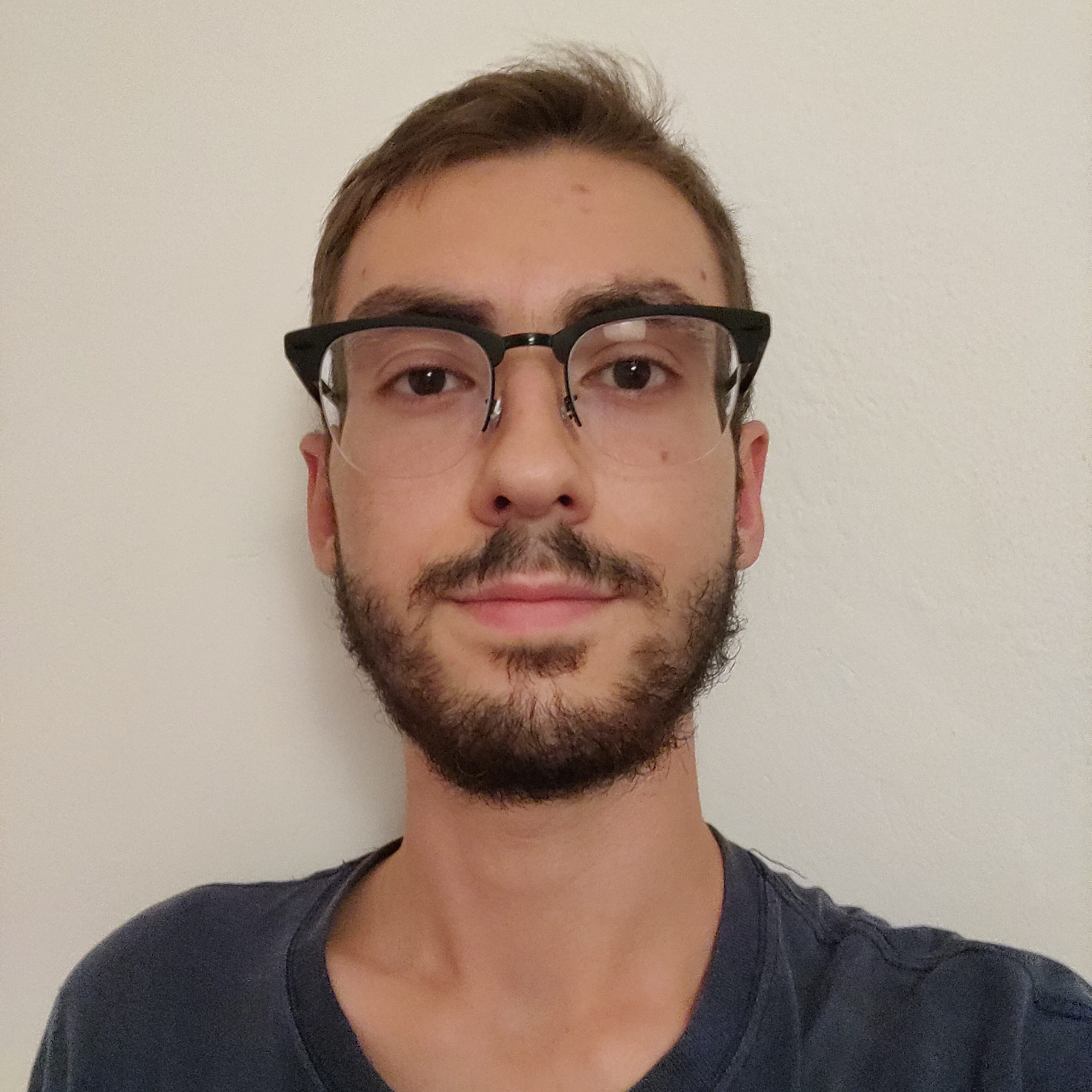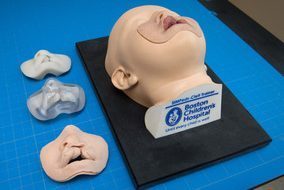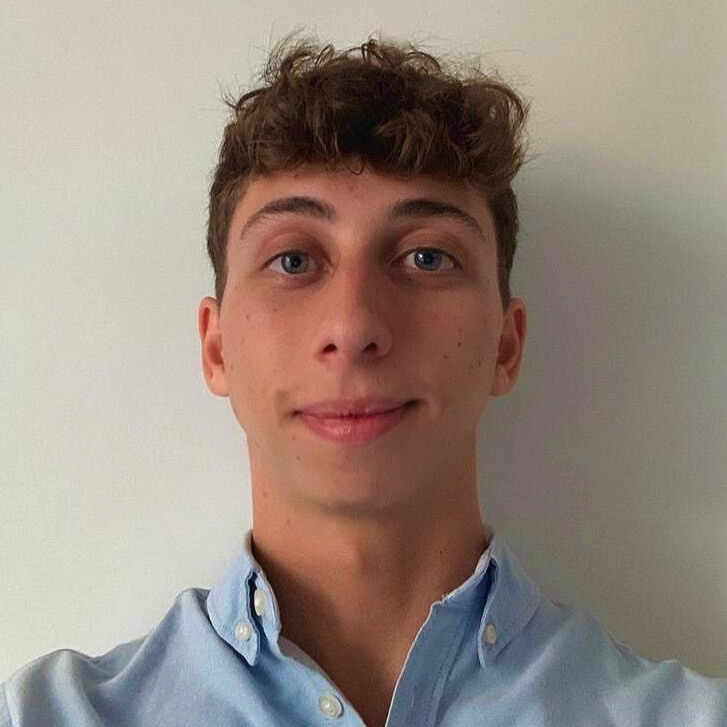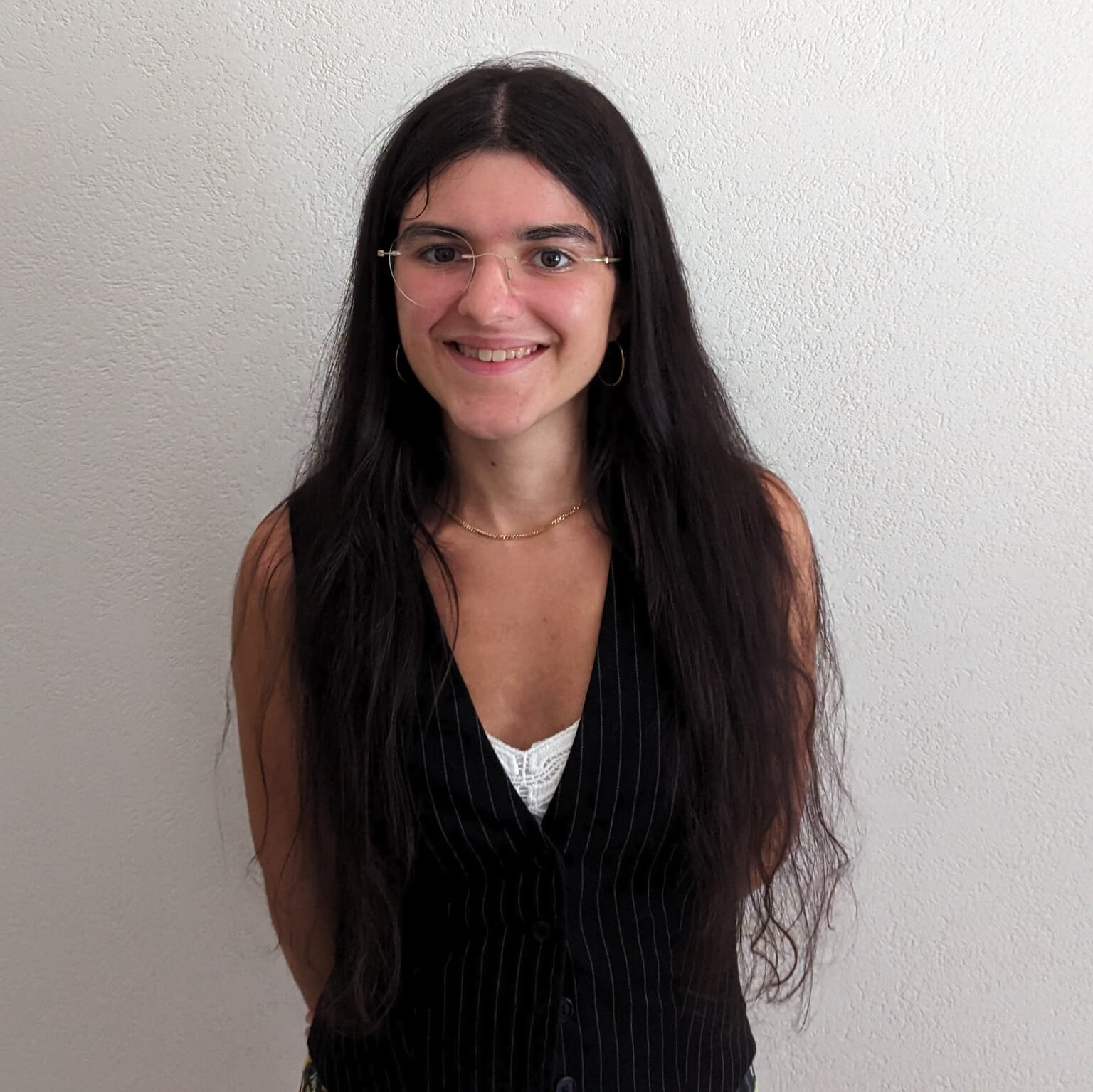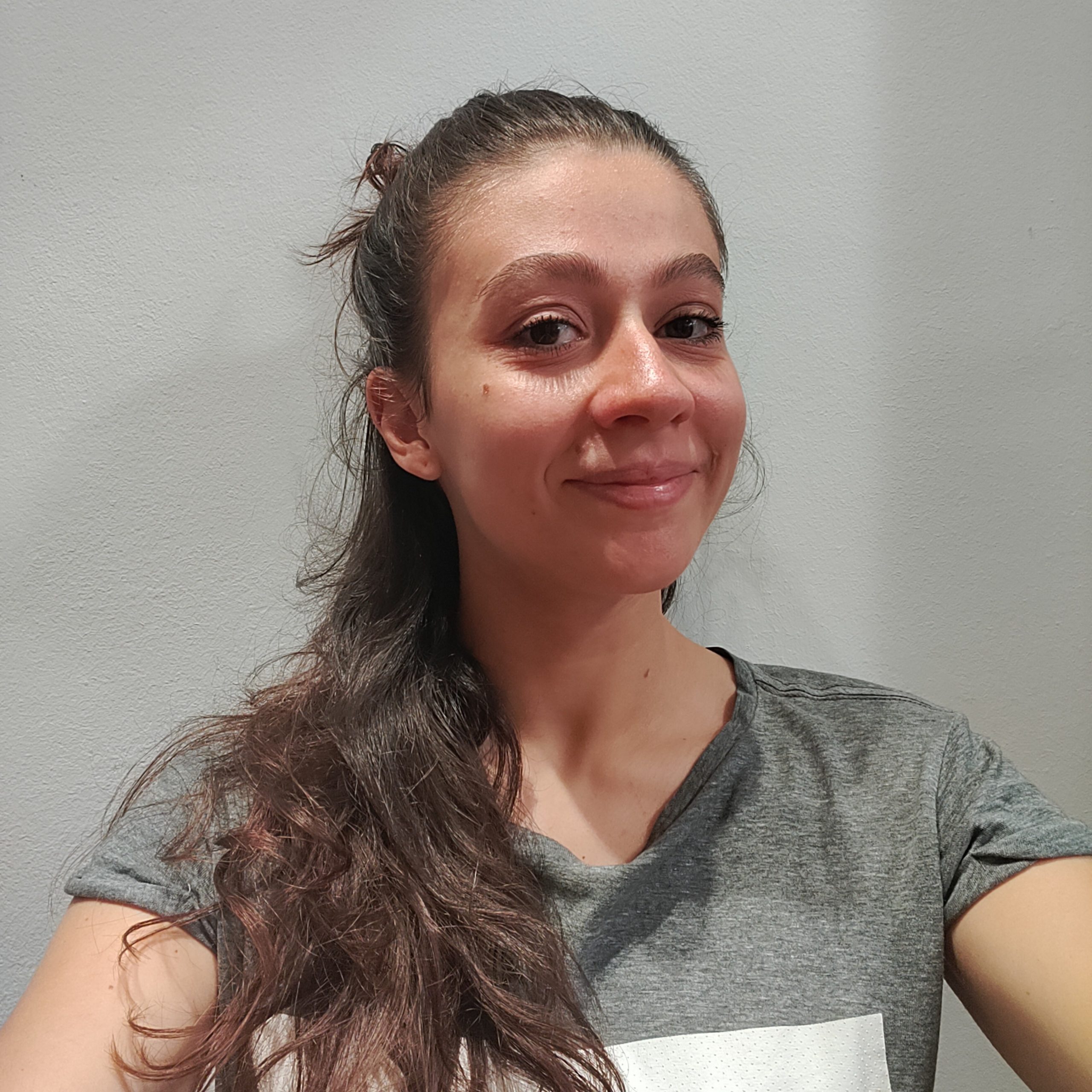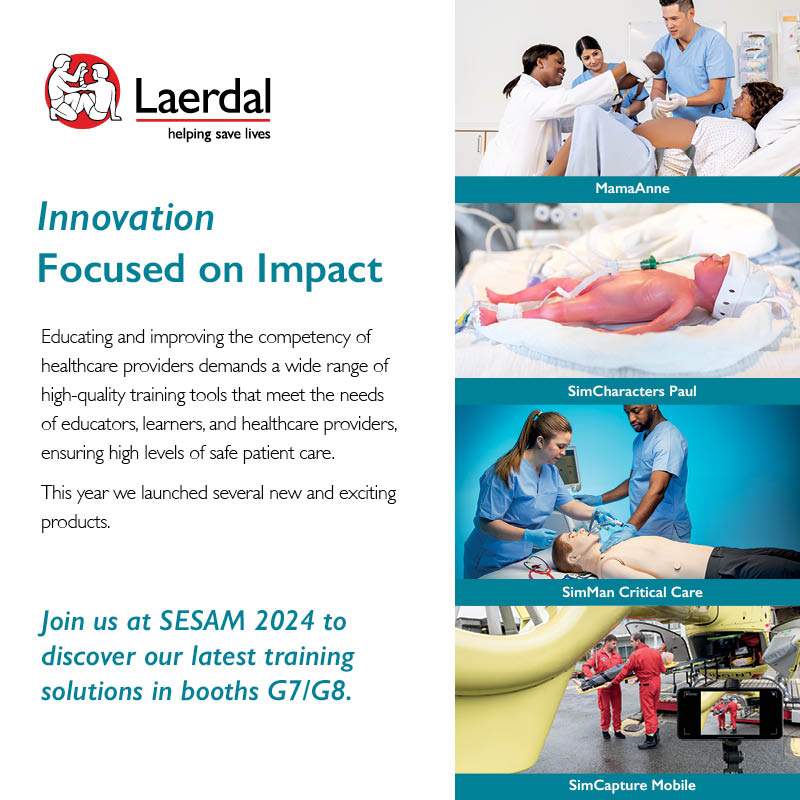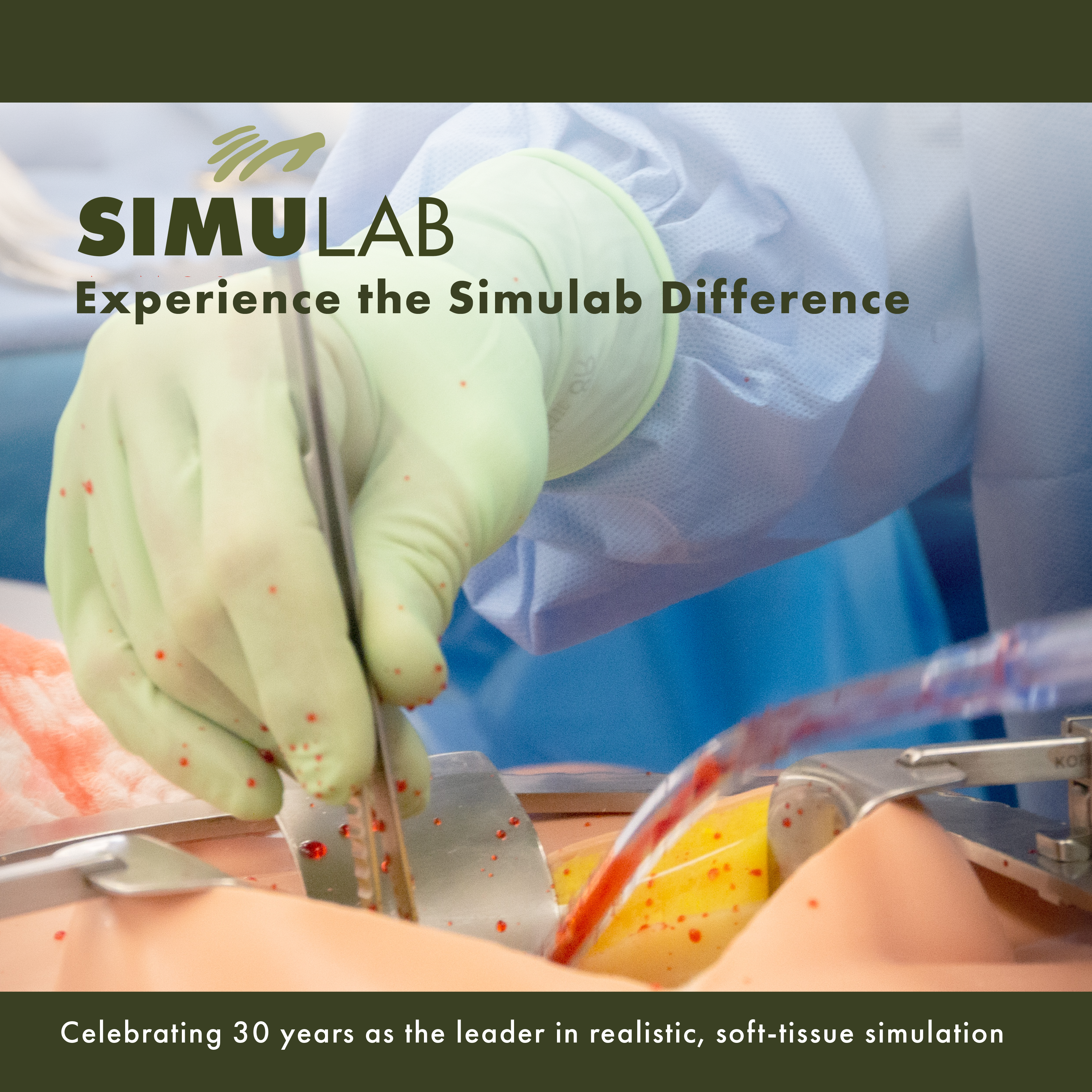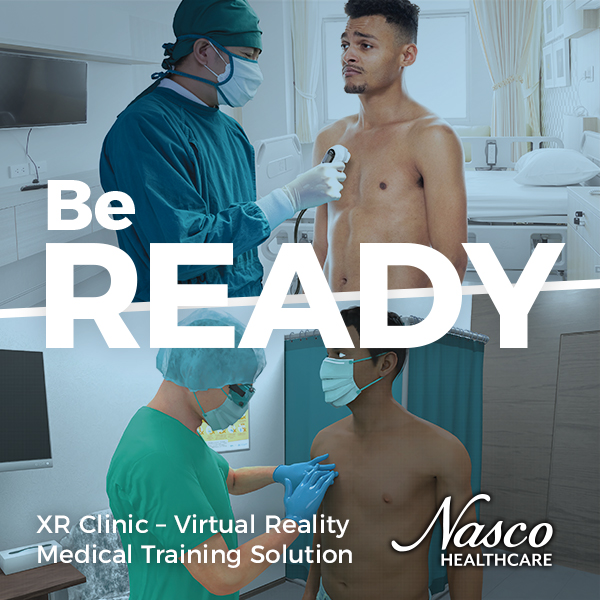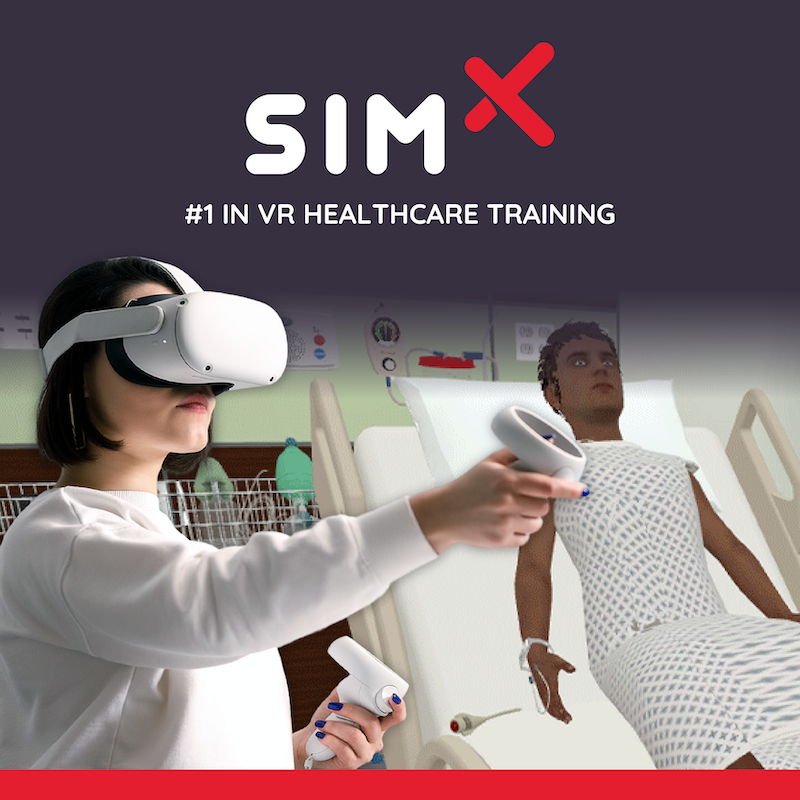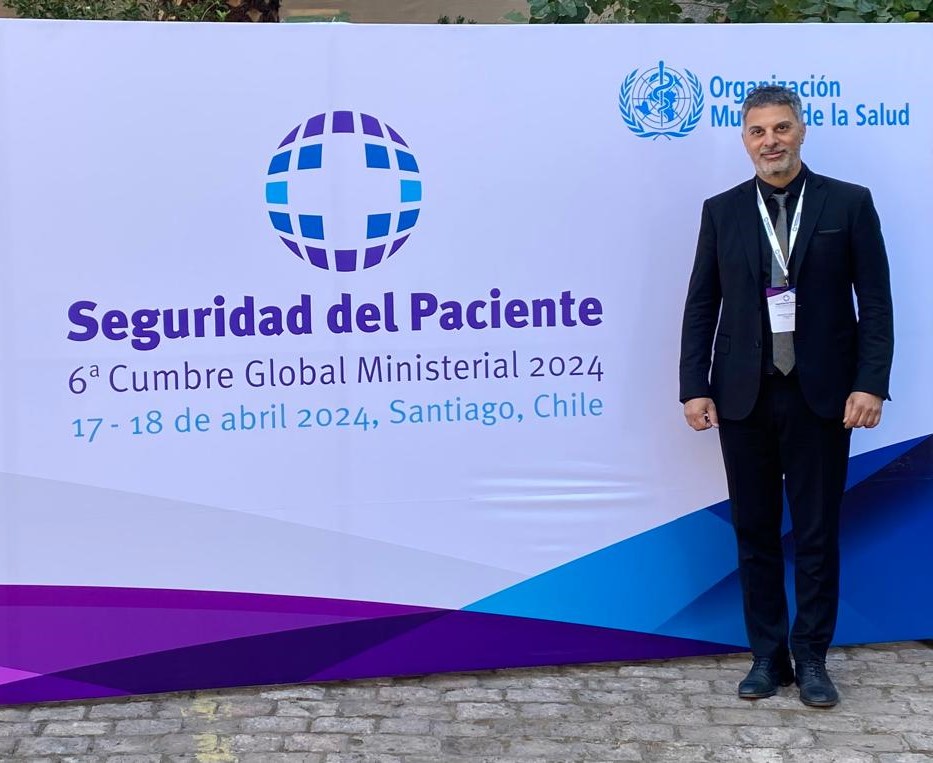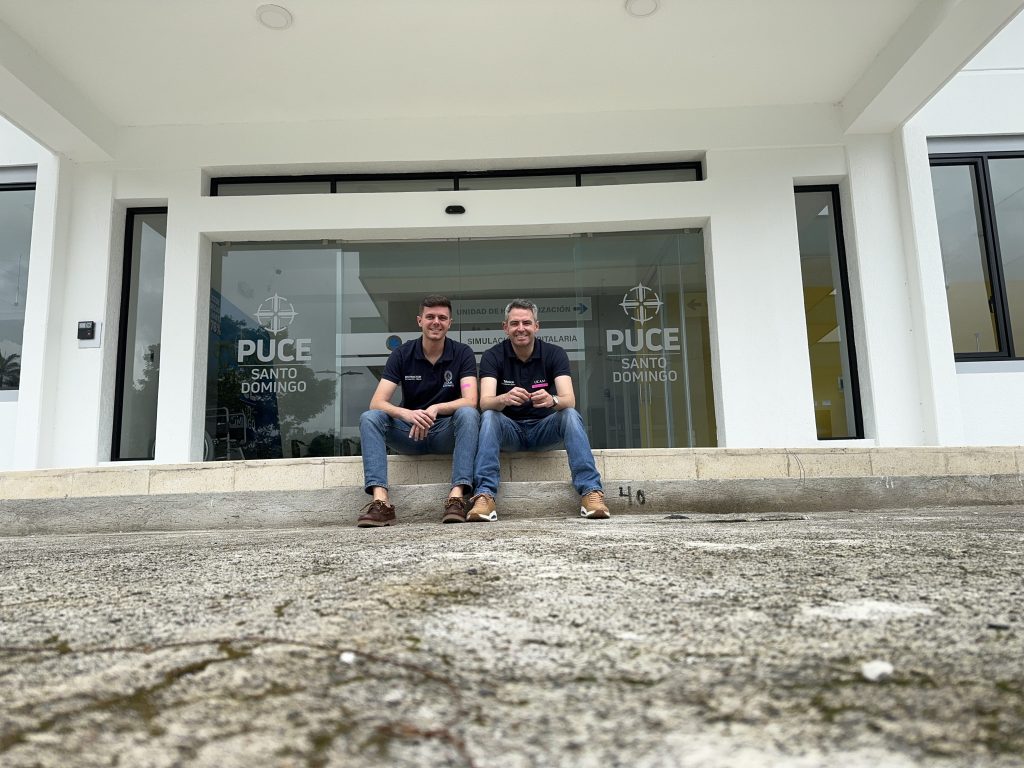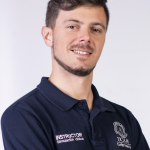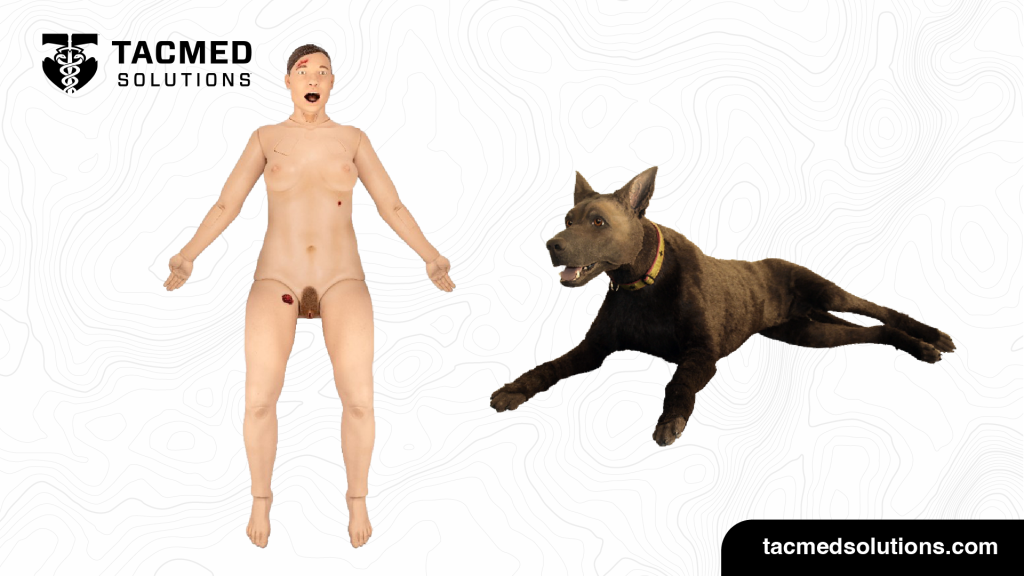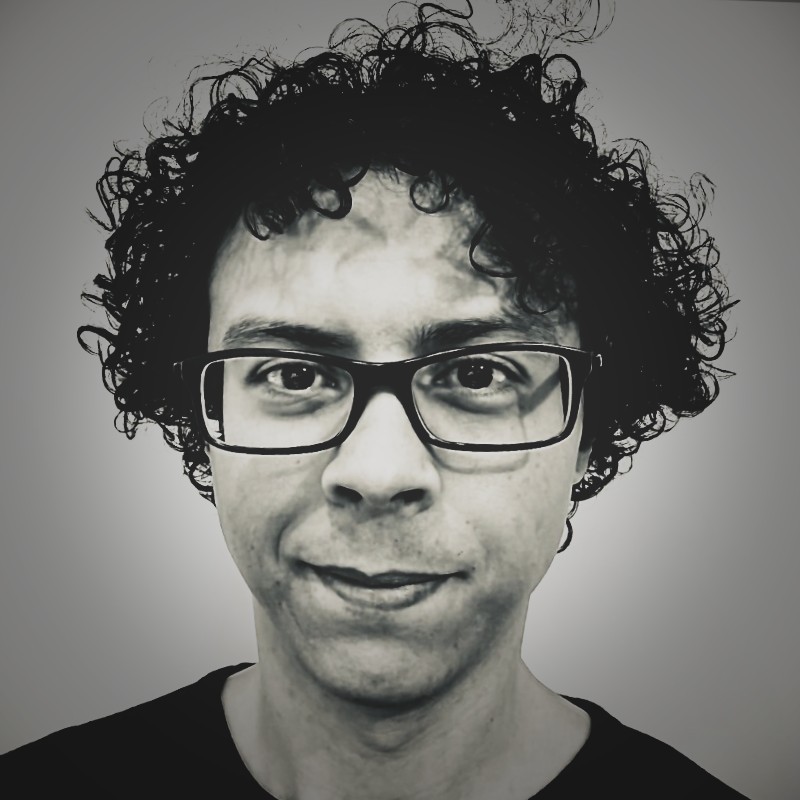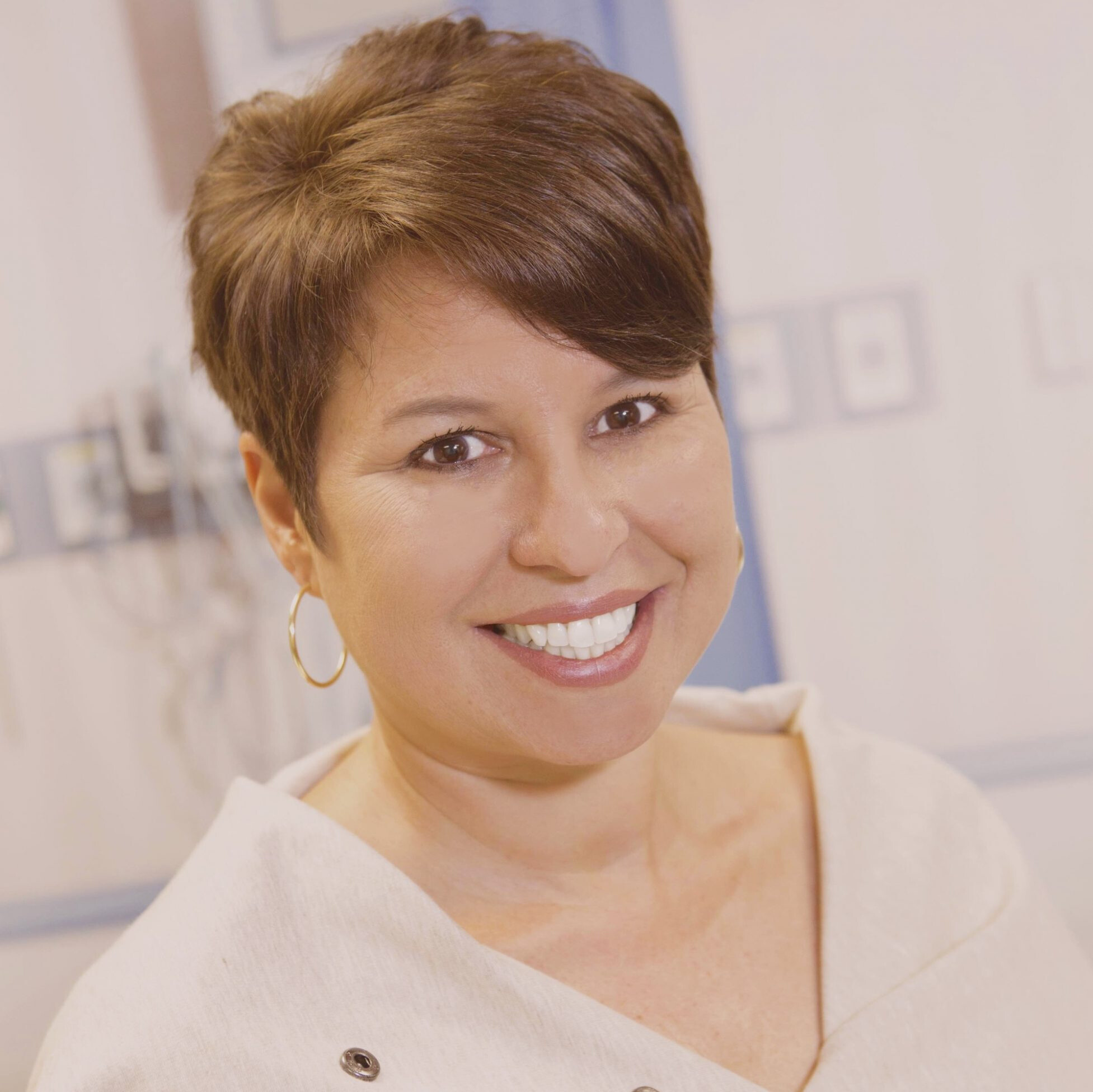Some good examples of simulation in paediatrics proposed by the student engineers of the ‘Simulation in Medicine’ course at the University of Genoa
‘Paediatrics is a branch of medicine that deals with the physiological development and treatment of illnesses of people in their developmental years’, is how the Treccani dictionary defines the discipline of paediatrics. Paediatrics is therefore that branch of medicine whose aim is to treat, study and, if possible, predict chronic conditions, pathological states and emergencies of minor patients: it is in every respect a medicine in miniature. The critical issues that need to be addressed are far from trivial. In fact, unlike other disciplines, the paediatrician deals with the care of the whole person, of a patient who is constantly changing, and can rarely rely on the specific and consolidated treatments of adult medicine, as they do not always represent a suitable solution and require several revisits. It is precisely in these subtleties that simulation fits in, which, thanks to its versatility, becomes a necessary tool for training, providing a safe environment in which to adequately prepare paediatricians, so that they can hone their skills, increasing the quality of care provided.
Simulation in paediatrics is still developing and is only recently showing a propensity towards case simulations and innovative dissemination and teaching techniques. The Meyer Health Campus, a virtuous example of paediatric simulation in Italy, provides a wide range of different types of paediatric simulation events and courses, such as the simulation of neuropsychiatric emergencies in paediatrics , or workshops such as POCUS – Paediatric Point Of Care Ultrasound.
During the course in Simulation in Medicine, which is taught in the three-year degree course in Biomedical Engineering at the University of Genoa, held by Prof. Serena Ricci, we were able to explore some interesting experiments of simulations in paediatric surgery such as the case of separating conjoined twins, a particularly rare and delicate operation, and the surgical resolution of cleft lip and palate (known as harelip), a plastic surgery operation performed in the child’s first year of life.
With regard to conjoined twins, a high-fidelity simulation of the separation surgery was created in 2013 at the Children’s Hospital of Philadelphia in order to prepare all personnel who would be involved in the surgery. In order to increase realism, an ad-hoc manikin was created. In order to increase realism, an ad-hoc manikin was created. More recently, at the Bambino Gesù hospital in Rome, an anatomical model of conjoined twins was developed to facilitate the planning of the separation intervention. The complex anatomy was replicated with 3D printing techniques following segmentation to extract and identify specific structures or regions from diagnostic images. During modelling and 3D printing, more delicate structures, such as blood vessels, were differentiated using different colours.
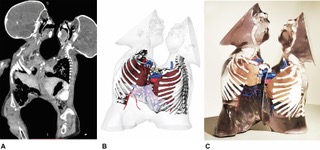
Speaking of the cleft lip, it is interesting to mention two solutions: a haptic simulator developed about 20 years ago at Stanford University, and SIMPeds Cleft Trainer, a medium-fidelity simulator developed at Boston Children’s Hospital. The former combines software with a haptic device in order to recreate tactile sensation and thus train manual skills, with particular emphasis on cutting and suturing precision. Thanks to an algorithm, the software provides an evaluation through a scoring system depending on the execution time and the validity of the points chosen to make the incisions. The second, on the other hand, is a physical model of a child’s head that, thanks to the fidelity of tissues and bones, shows adequate resistance to cutting, and allows manual skills to be trained in a realistic environment.
These two examples show how simulation in paediatrics requires new, specific and often technologically advanced solutions. However, the future of this discipline must be sought not only in technological progress, but also in the dissemination and portability of simulations, which must be usable everywhere, even where space is not available or in developing countries. In this way, the health community’s interaction with simulation will grow, giving rise to efficacy studies that will increasingly recognise simulation as a useful tool and thus obtain funding and visibility that will enable its further progress.
Bibliography
- Inserra, Alessandro, et al. “Advanced 3D “Modeling” and “Printing” for the surgical planning of a successful case of thoraco-omphalopagus conjoined twins separation.” Frontiers in Physiology 2020
- Rogers-Vizena, Carolyn R., et al. “A new paradigm in cleft lip procedural excellence: creation and preliminary digital validation of a lifelike simulator.” Plastic and Reconstructive Surgery 2018
- Schendel, Stephen, et al. “A surgical simulator for planning and performing repair of cleft lips.” Journal of Cranio-Maxillofacial Surgery 2005
- Simpao, Allan F., et al. “From simulation to separation surgery: a tale of two twins.” Anesthesiology 2014
READ ALSO


